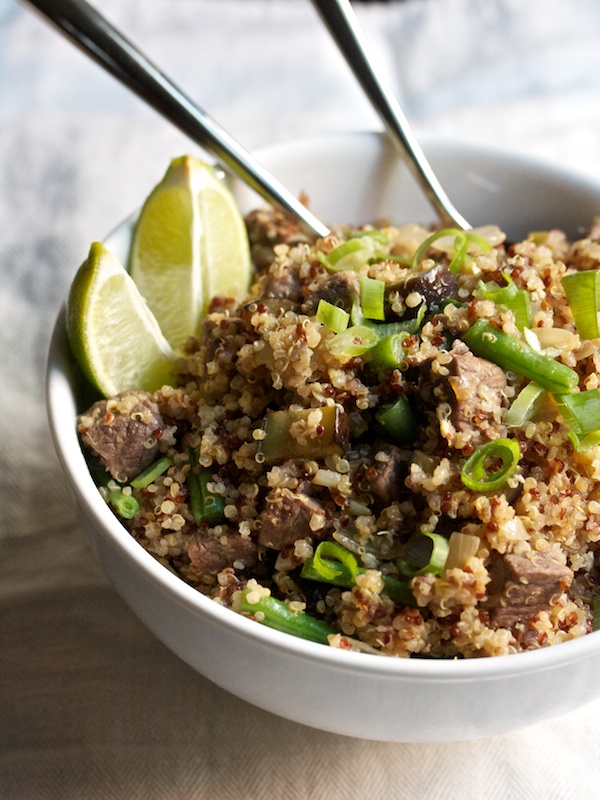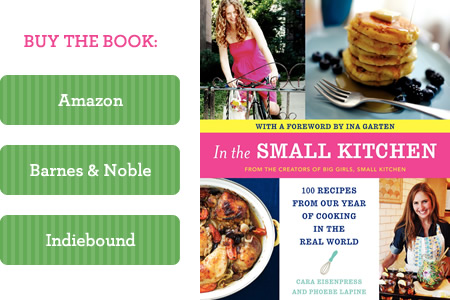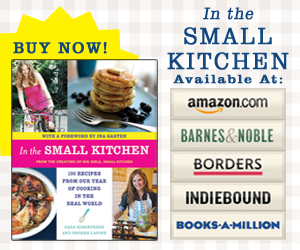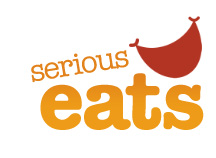The other day, I looked at the price on the box of quinoa and saw a stamp of $7.99. Twelve ounces of Ancient Harvest brand quinoa (by far the best-tasting) had soared up to eight dollars! From 2007 to to 2013, the price per pound of quinoa doubled, but this was the first time I’d seen the box retail for quite that much. I put it back, went home, and started eating farro.
The story makes sense. The rebranding of quinoa as a superfood turned it into a grain we ate all the time. But unlike rice, which has long fed the world’s daily habits and has production mechanisms more able to meet demand, quinoa growing remains the province of Peru and Bolivia. Yield has increased, as have exports, but probably not enough to power the 4.4 million quinoa salad recipes on the internet. So, the price goes up, and maybe those of us who aren’t willing to pay a premium back off.
And where will we go? In case you, too, are reeling from the price hikes, I’ve made some notes on the grains, legumes, and nuts we’re eating instead of our bi-weekly quinoa. In looking to substitute for quinoa, I try to account for two aspects of the seed that have made it so popular: it’s a complete protein, and every bite delivers a lovely caviar-like pop. If you haven’t tried some of the grains I mention below, then quinoa might have one more power: as the gateway grain.

In grain salads and grain bowls…
One of quinoa’s great assets is how the individual grains stay fluffy and not at all sticky, even in the fridge. Barley - especially nutritious unhulled - has a denser but really pleasing texture that’s great in a salad (add nuts to the top of it for protein). Another favorite is a grain-legume mix: this gets your bowl a mix of textures and flavors, which keeps you interested. To start, cook grains separately and combine later. Once you know what absorbs how much water and takes how long to cook, you can try cooking grains and beans together. Some favorites: farro and black lentils, millet and rice, buckwheat and sunflower seeds, Israeli couscous and chickpeas, bulgur and green lentils, and good old white or brown rice. Here’s how I soak my beans and grains to make their cookery recede easily into the kitchen background.
In quinoa fried rice…
Rice, again. Obviously!
In green salads…
Wheatberries, whole grains of common wheat, have a delightful crunch followed by a chewy texture-just the thing to add to your greens, bacon, apple, avocado and grain salad instead of quinoa.
In soups…
When we visited Peru, we discovered that the most common way of serving quinoa was in brothy vegetable soups. That’s a good method to borrow, now that the grain is pricy, because you don’t need a lot per serving. To replace it entirely, try rice, cooked directly in soup, which thickens the broth in a way that I love. But you can really throw any grain into your soup: it’s a great way to use up leftovers and redistribute grains you turn out not to like.
In quinoa cakes and patties…
Since patties contain a lot of ingredients besides the grain, from sautéed onions to beaten eggs, they’re a prime canvas for experimenting with grains you don’t yet know or love yet, or ones whose texture is a little lacking on its own, like amaranth or millet (millet apparently makes great savory patties anyway, according to Love and Lemons and America’s Test Kitchen, because the grains are more cohesive than quinoa). Also, maybe your grains are soggy because you were trying to make a grain bowl and you overcooked them. In that case, repurpose the failure into patties.
By the way, in my research for this post, I discovered that you can order almost any grain from Nuts.com. Though I haven’t placed an order yet, this could be a great source if you don’t live near a store with bulk bins.
























